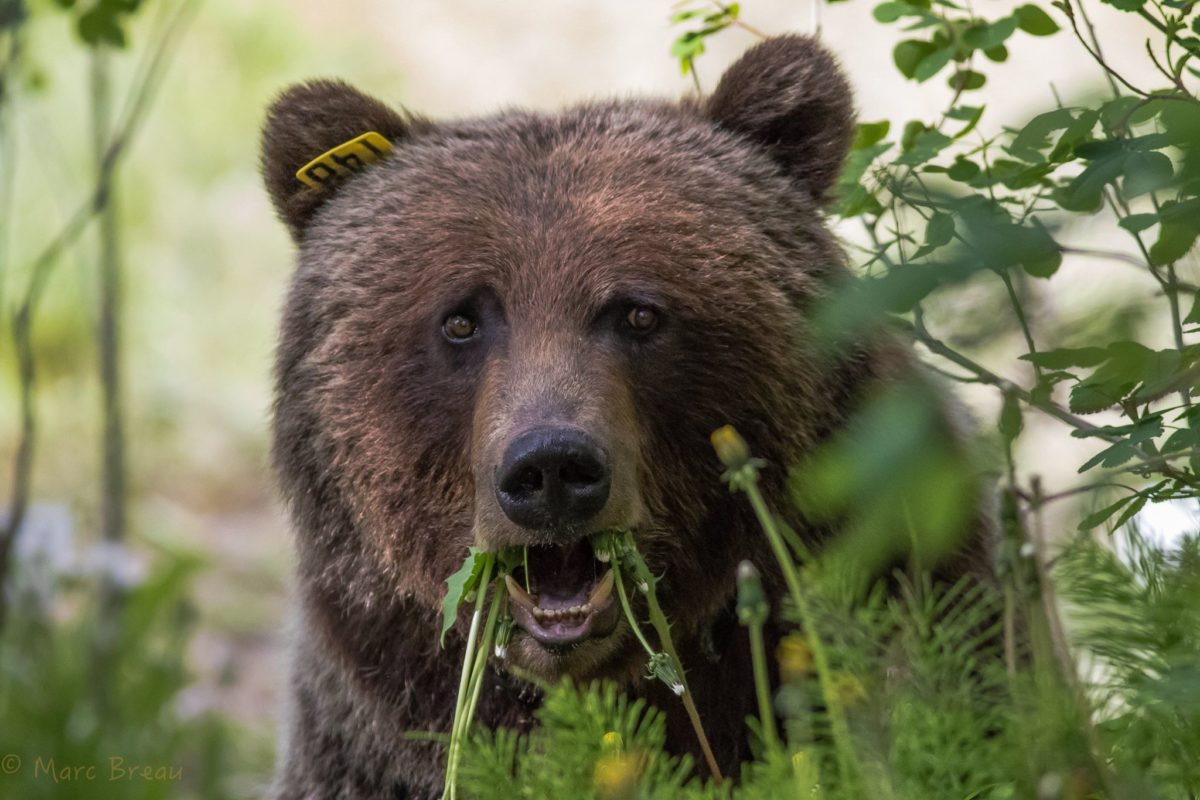
In a Nova Scotia research lab, the last hope for an ancient fish species
Racing against time, dwindling habitat and warming waters, scientists are trying to give this little-known...
Living in cities my entire life, I’d never imagined that one day I’d live in a town where it was normal to keep a can of bear spray in the car for an impromptu hike — a town where the local paper would report on the local animals and your friend might give you a heads up that he saw a grizzly bear on the path by the river you walk nearly every day.
So when the time came to pack up and move to the Bow Valley, I hadn’t expected those would be the biggest adjustments. I thought maybe the abundance of tourists or the small town would have had more of an impact on the way I live my life. But it turned out, when your non-human neighbours include 500-pound grizzly bears, you pay them close attention.
The towns of Banff and Canmore, Alberta, are situated in the Bow Valley, where the Bow River weaves its way east. This river valley, nestled between soaring mountain peaks, isn’t just where people want to live and explore — many wild animals live here because there’s less rock and ice; there’s an abundance of fresh water and food. So it’s no surprise that seeing wildlife in or near town is fairly common. Grizzly bears, wolves, coyotes or elk make the news on any given week: features about their whereabouts based on the GPS points from radio collars, stories of human-wildlife conflict, tales of wolves eating garbage at campsites or an aggressive elk.
In the spring of 2017, as grizzlies were emerging from their dens to begin their months-long binge on food in preparation for the next winter of hibernation, Bear 148 started to make the news. The stories stacked up and as the weather got warmer she ventured east of the park to find food as the season changed.
Living in Banff, it didn’t take long to start to hear the local stories about popular bears that died from various human-related causes, like trains or cars. As I watched things unfold for Bear 148, even early on it seemed likely that this particular bear might not make it another year. What I didn’t see coming was the intensity of the outcry over her and the decisions officials made that affected her.
Bear 148 began to leave the national park, where there are different sets of rules for wildlife. She left to find food, like ripe buffalo berries, but walked right into the public spotlight, where she became a management conundrum for all of the biologists and officials who have to make the call about both keeping the public safe and keeping wild spaces intact.

Bear 148 munches on dandelions. Photo: Marc Breau
In late September 2017, Bear 148 was killed by a hunter in B.C. nearly 500 kilometres from her home range. Two months after she died, I decided I would create this podcast. I didn’t quite know what form it would take, but I knew I wanted to explore the challenges different wildlife policies and different individual decisions we make as visitors or as locals, pose for grizzly bears in the Bow Valley.
For me, Bear 148 was the way to see the bigger picture.
There are many stories about the relationship between people and grizzly bears in Alberta that are worth knowing and sharing.
Not all of those stories are part of this podcast. I wanted to hone in on a particular place and a particular bear because of the difficult questions wildlife managers were dealing with; because of the uproar in the community; because while in theory the rules for wildlife, like grizzly bears, are clean-cut, in reality things got messy.
Undercurrent: Bear 148 explores what it’s like for a grizzly bear trying to navigate this complex world we’ve built. In this series, you’ll hear from people living in the Bow Valley — artists, biologists, experts in human-wildlife conflict and government officials.
In the Bow Valley, and in many other places where people and wild animals live close together, people use the term coexistence. But what that term means off paper and in action is confusing and complex. As our natural world quickly changes, the footprint of our communities and activities expands. Bear 148’s story is a glimpse into some of the realities wildlife face.
Get the inside scoop on The Narwhal’s environment and climate reporting by signing up for our free newsletter. On March 17, federal Conservative Leader Pierre Poilievre...
Continue reading
Racing against time, dwindling habitat and warming waters, scientists are trying to give this little-known...

From investigative reporting to stunning photography, we’ve been recognized with four 2024 CAJ Awards nods...

The Narwhal is expanding its reach on video platforms like YouTube and TikTok. First up?...
